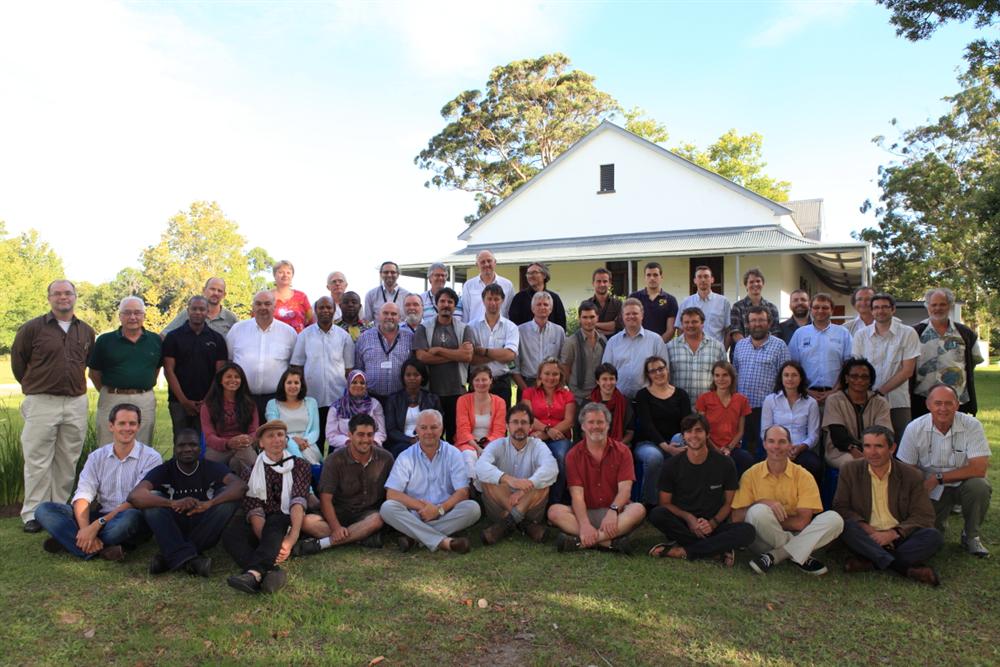The Topo-Africa Workshop is hosted by NMMU to discuss the origin and the evolution of the South African landscapes. The aim of the workshop is to establish what deep earth processes might have catalysed different sculpturing processes of the African landscapes and its palimpsest.
It forms part of a week-long programme which commenced in Port Elizabeth earlier last week and included a field trip in the Grahamstown/East London area.
The workshop is the outcome of a RSA-France bilateral collaboration project (!Khure), coordinated through the Africa Earth Observatory Network (AEON) of NMMU and the TopoAfrica programme at the University of Rennes in France.
Scientific background
Maarten de Wit, Professor in Earth Stewardship Science (Geoscience) at NMMU and a leading stakeholder in AEON says compared to all the other continents, Africa is unique. "It has a unique plate tectonic setting and a unique bimodal topography (low in north and west Africa, with an average elevation of 400m; and high in east and southern Africa, with an average of 1000m). In the south, the widespread southern highlands stretch as a vast plateau, known as the Kalahari plateau, from the South African escarpment northwards as far as southern DRC.
"Recent dating of this surface suggest that this Kalahari plateau, and its flanking mountains, such as the Drakensberg and the Cape mountains, represent deep-time landscapes, formed some 60-100 million years ago, immediately following the break-up of Gondwana(-land) and the separation of Africa from South America and India. It has remained 'frozen-in', ever since then, because subsequent rates of erosion and the natural sculpturing processes have been very sluggish, although we do not really know why.
"By contrast the east African Highlands are much younger (less than 30 million years). The reasons for this difference in their formation age are also not known with any degree of certainty, but they are thought to be driven by differential up welling from the bowels of the earth (its deep mantle), the driving forces for which are even less well understood."

More than 50 members of the global scientific community have converged at NMMU George for a workshop on the evolution of South African landscapes (Earth Stewardship Science).
















